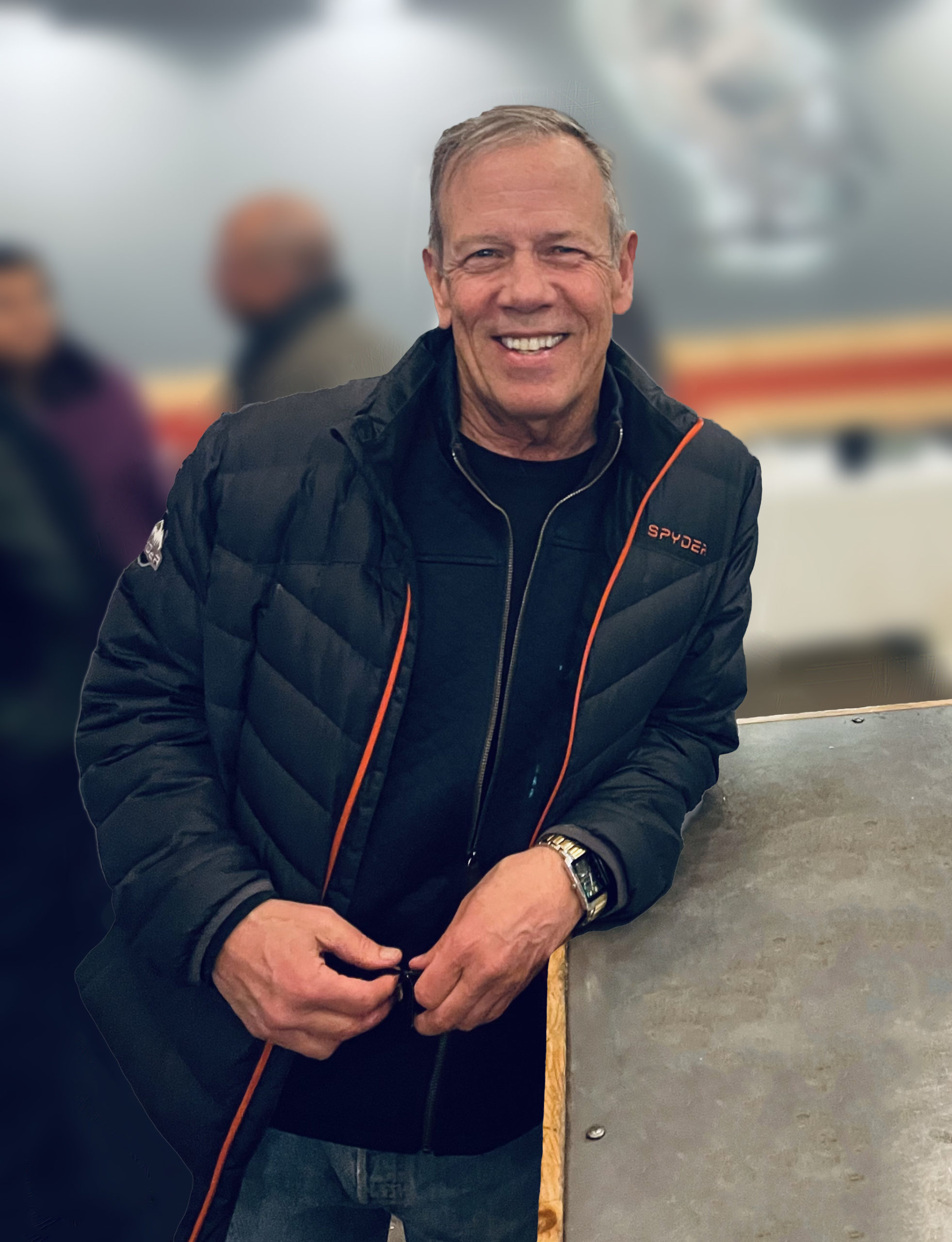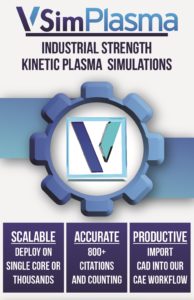
John R. Cary is professor of physics at the University of Colorado at Boulder and CTO of Tech-X Corporation. He received his PhD from the University of California, Berkeley, in Plasma Physics. Prof. Cary worked at Los Alamos National Laboratory and the Institute for Fusion Studies at the University of Texas, Austin, prior to joining the faculty at the University of Colorado. At the University of Colorado, Professor Cary has served as department chair, center director, and faculty mentor.
In 1994, he co-founded Tech-X Corporation, which concentrates on computational applications for a wide variety of science and engineering applications. Prof. Cary has researched multiple areas related to beam and plasma physics and the electromagnetics of structures. He is a fellow of the American Physics Society, past chair of its Division of Plasma Physics, the 2015 recipient of the John Dawson Prize for Numerical Simulation of Plasmas, the 2016 recipient of the NPSS Charles K. Birdsall Award for Contributions to Computational Nuclear and Plasma Sciences, and the recipient of the 2019 IEEE Nuclear and Plasma Sciences Section Particle Accelerator Science and Technology Award.
What is the Tech-X backstory?
The folks here at Tech-X have been working in high-performance computing, specifically as it relates to physical simulation, since the early 90’s. Distributed memory parallelism, where a calculation is split effectively over many separate computers, was in its infancy. Tech-X was bringing the power of parallelism to plasma computations. Specifically, we excelled at computations of plasma acceleration of electrons due to high energies from the wake fields generated in plasmas caused by incident laser pulses. This work supported experiments at multiple national laboratories, fulfilling their needs for very large simulations. Following these successes, Tech-X branched out over many areas of plasma physics, including magnetic fusion. We further broadened our capabilities to include electromagnetics of structures, such as cavities, antennas, and photonics.
In the process, Tech-X built an experienced cadre of high-performance computing experts. These experts constructed a software stack for efficient computational scaling, which means that the computation does not bog down when performed on a large number of processors. This software, VSim, is licensed for use on our customer’s own hardware. In addition, Tech-X engages in consulting projects and partnerships staffed by its 30 employees and multiple long-term consultants.
More recently Tech-X has devoted increasing effort to democratizing High-Performance Computing (HPC), by building out an easy-to-use Graphical User Interface. Known as Composer, it allows users to build and run simulations as well as analyze and visualize the results. Composer abstracts the process of job submission on HPC clusters so that to the user it is just like working on a desktop. Tech-X is also developing a cloud strategy, so expect more announcements later this year.
What areas are you targeting for future growth?
Our mission is to provide specific capabilities in two areas. We currently provide VSimPlasma software and consulting services for the modeling of plasmas in semiconductor chambers. We are also in the early phases of productizing software for modeling of nano-photonics for photonic integrated circuits (PICs). Both of these applications present unique challenges because of their small feature size of interest compared to the overall system size, which makes them computationally intensive. This arises because the range of feature scales is large, requiring fine resolution over a large region. For example, in semiconductor chambers there are small features at the wafer surface, but even if the wafer is uniform the plasma forms sheaths, which represent drops in the electric potential at the edge of the wafer. These sheaths are much smaller than the size of the chamber.
In nano-photonics, PIC components being designed are measured typically in microns – but manufacturing causes roughness in the sidewalls that is much smaller, on the order of nm. In either of these applications the grid must be very fine to resolve these small features to provide accurate results and it must also span a large region, leading to the requirement for many billions, or even trillions, of cells. This is where Tech-X software excels.
 What makes VSimPlasma software unique?
What makes VSimPlasma software unique?
Plasma chambers involve many different spatial scales, from the scale of the chamber itself down to the details of the plasma close to the wafer. The larger scales have traditionally been modeled with fluid codes. However, to compute the details of the plasma sheath, (and consequently the distribution of particles hitting the wafer which determine, e.g., whether one can etch narrow channels sufficiently deep) one must use a particle-in-cell (PIC) method, as provided by VSimPlasma from Tech-X. For such problems VSimPlasma is the leader due to its extensive physics including its capability to handle large sets of collisions, its many electromagnetic and electrostatic field solvers, and its multiple algorithms for particle-field interactions. VSim also has the ability to model particle-surface interactions, including the generation of secondary particles, and the reactions of particles on the surface. These are crucial for accurately modeling plasma discharges. In semiconductor etching, deep vias require the ions to hit the wafer with a near-vertical angle. VSim models that critical distribution extremely well, and we continue to refine our code with each release with feedback from our customers in the semiconductor industry.
An additional uniqueness of VSim in plasma modeling is fitting into commercial workflows. It has an easy-to-use interface and integrates with CAD. VSim further allows the development of analyzer plugins so that the user can analyze both the fields and the particles within the plasma.
What keeps your customers up at night?
As everyone knows, moving to smaller critical dimensions is making the problems harder and driving up capex, which causes all kinds of business problems. There are too many variables in advanced plasma processing to optimize with a pure experimental approach. Semiconductor companies are augmenting prototyping with simulation. Plasma etch is a difficult area involving many variables, including geometries of the etch, wafer and chamber, the plasma energy and chemistry in the chamber, and the wafer surface and etch profile. Our semiconductor customers’ interests are to reduce time and cost by reducing experimental iterations when tackling an advanced process etching recipe. The ROI from use of simulation is measured in reduced time to production, development cost and machine utilization.
How do customers engage with you?
There are several ways our customers engage with us including directly phoning or emailing our sales team or requesting an evaluation license through our website. An application engineer (AE) will then contact the customer to determine how our software might best fit their needs. The AE sets up the download and walks the customer through the software. Several of our customers have independently set up simulations using the software on their own. VSim comes with a rich set of examples for modeling of plasmas, vacuum electronics devices, and electromagnetics for antennas and cavities. In addition, we provide various levels of consulting services, ranging from an AE setting up your problem and guiding you to the solution, to an AE completely solving your problem, including data analysis, and then providing the direct result.
What is next for Tech-X?
We have a number of skunk-works projects under way that will bring exciting new capabilities to plasma and photonics modeling. We are looking at GPU and cloud computing with the aim of making computations fast to reduce development time, the number of fabrication cycles and the need for capital expenditures. We expect to be able to have improved capabilities for modeling the latest plasma etch reactors, which will be unique in the industry. We have an upcoming webinar on proving our current capabilities, and will soon have a series of webinars that demonstrate our latest features and plans.
Webinar: Learn More About VSim 12.0
Built on the powerful Vorpal physics engine that researchers and engineers have used for over 20 years, VSim 12 offers new reaction capabilities, user examples, and numerous improvements designed to increase user efficiency.
Also Read:
Understanding Sheath Behavior Key to Plasma Etch
Share this post via:






TSMC N3 Process Technology Wiki